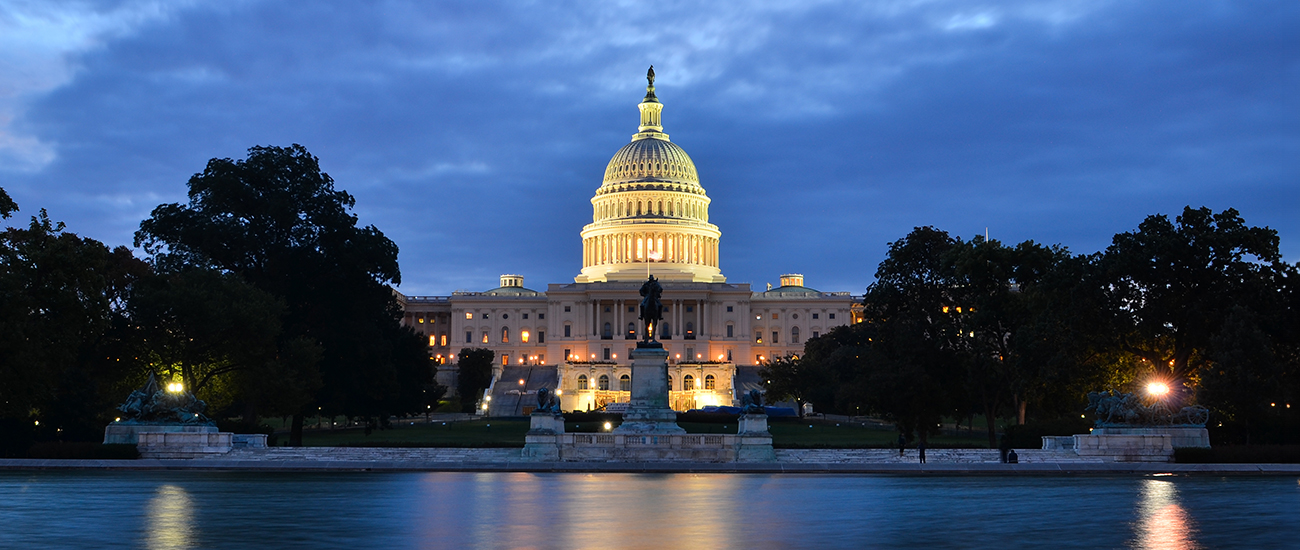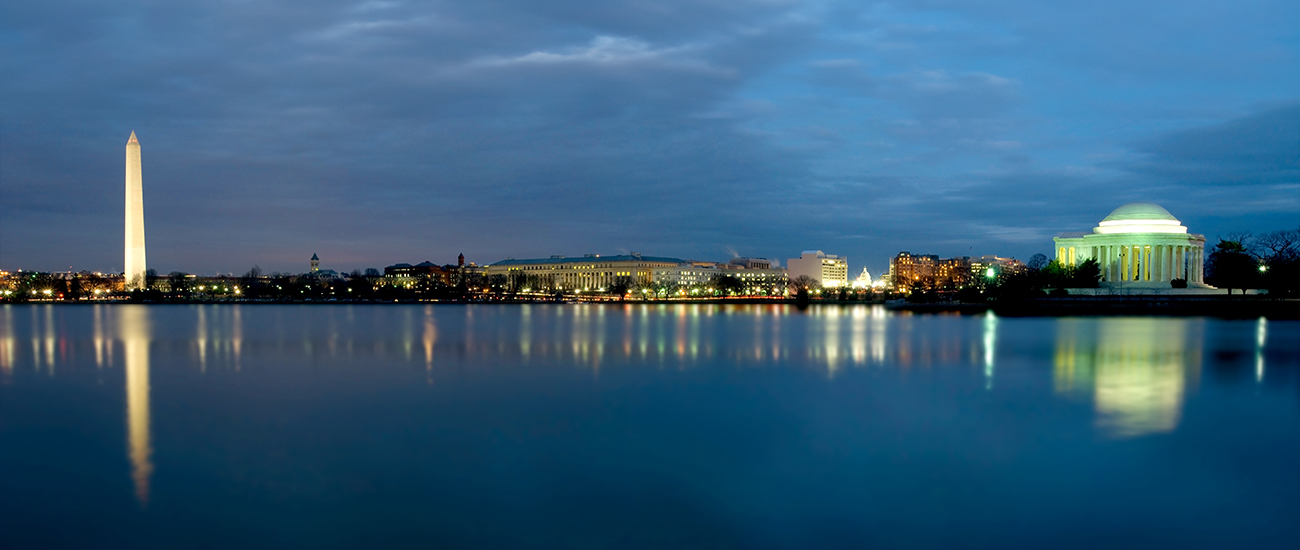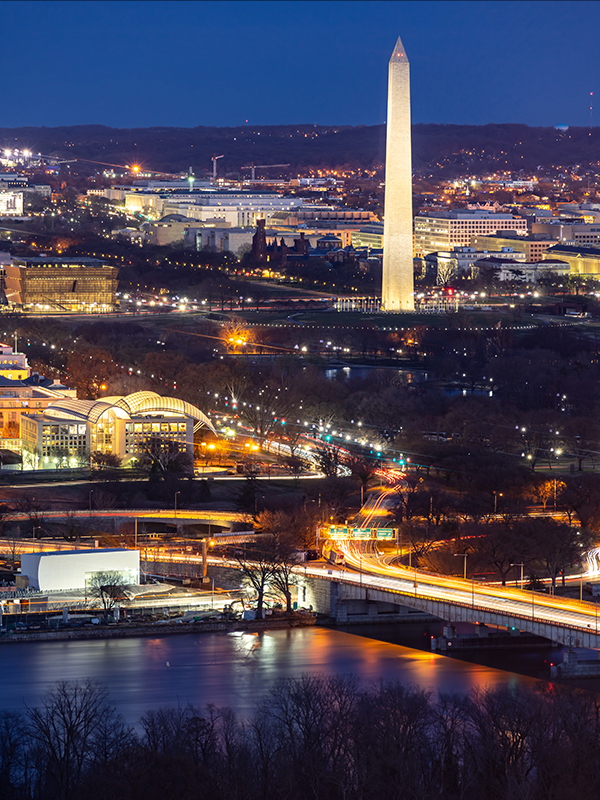- Contact Us Now: (202) 589-1834 Tap Here to Call Us
Apple’s Fight Against its E-book Antitrust Monitor
On February 10, 2014, the Second Circuit Court of Appeals in New York dealt a blow to Apple in its efforts to have a court-appointed monitor removed from his position. The Second Circuit ruled that lawyer Michael Bromwich can continue to oversee the company’s antitrust compliance.
While Apple wanted to remove the monitor altogether for allegations he had overstepped his duties, Apple did win some small victories as the Second Circuit backed Apple by emphasizing the antitrust monitor must conduct his activities within the bounds of the powers provided by the court’s order.
Reportedly, even the Department of Justice agrees that Bromwich has limited duties and can not stretch his powers beyond the court’s order. Mr. Bromwich is not a prosecutor. Mr. Bromwich’s duties only reach so far as to hand over evidence to the DOJ of non-compliance should he come across any non-compliance with the company’s antitrust policy or antitrust compliance program.
Background
On December 12, 2013, Apple filed a motion seeking to stay, pending appeal, that portion of U.S. District Judge Denise Cote’s final judgment in the e-books antitrust case which provided for an external antitrust monitor. U.S. District Judge Denise Cote appointed Mr. Bromwich as the antitrust monitor as part of her ruling that found Apple colluded with publishers to fix e-book prices.
Under the terms of the external compliance monitor’s appointment in the court’s Final Judgment, the monitor has no authority to investigate any of Apple’s business practices—not even in e-books—beyond Apple’s antitrust compliance program. The court’s Final Judgment gives the monitor “the power and authority to review and evaluate Apple’s existing internal antitrust compliance policies and procedures and the training program required by the Final Judgment, and to recommend to Apple changes to address any perceived deficiencies in those policies, procedures, and training.” The Final Judgment also authorizes the monitor to “conduct a review to assess whether Apple’s internal compliance policies and procedures, as they exist 90 days after his or her appointment, are reasonably designed to detect and prevent violations of law.” Thus, under the court’s own order, the external compliance monitor’s mandate extends only to reviewing and assessing Apple’s internal compliance policies, procedures, and practices, and specifically whether Apple’s internal antitrust compliance program is “reasonably designed” to uncover antitrust violations. The mandate does not extend to the external compliance monitor’s himself seeking-out and uncovering possible antitrust violations.
Apple claims that the monitor is going beyond the scope of the order. According to Apple, the monitor is interfering with Apple’s business by exercising wide-ranging investigative powers and charging excessive fees. Apple alleges that the external compliance monitor appointed by the court is conducting a “roving” and “unfettered” investigation into Apple’s business practices. In its filings with the court, Apple portrays an aggressive monitor seeking to examine Apple’s internal antitrust compliance program well before the court ordered Apple to have that program in place. While the monitor needs to understand Apple’s business before he can evaluate Apple’s internal compliance program, it is difficult to justify that seeking interviews with individuals who have little, if anything, to do with Apple’s day-to-day business operations and antitrust compliance program, is necessary.
Apple raised many jurisdictional and constitutional arguments against both the court’s imposition of the external compliance monitor and the monitor’s practices. The imposition of an external compliance monitor in non-merger antitrust cases is rare in civil cases. Even in merger cases, the merging parties typically agree to a monitor as part of a negotiated settlement and the monitor’s duties do not include monitoring the parties’ antitrust compliance programs, but only the parties’ commitments to the negotiated settlement.
In a December 13, 2013 letter to the court responding to Apple’s court filings, the Department of Justice (“DOJ”) disputed Apple’s allegations and stated that based on the DOJ’s review, the monitor’s “actions to date have been wholly within the scope of his authority under the Final Judgment.” Judge Denise Cote will hear oral arguments on Apple’s motion on January 13, 2014.
Judge Cote denied Apple’s motion to have Mr. Bromwich removed last month and Apple appealed to the Second Circuit.
Thoughts
While Apple lost in its effort to have Mr. Bromwich removed, Apple did score some points. If Apple is right that the antitrust monitor is roving beyond an assessment of Apple’s internal antitrust compliance practices, then the monitor is acting beyond the authority the court gave him. In that situation, the courts should really do something to reign him in. Judge Cote’s decision was expected because she is really just defending her decision to appoint Mr. Bromwich. The Second Circuit was not really in a position to do anything more than try to reign Mr. Bromwich in by stating that he must act within the boundaries of the order. Apple continues to fight the antitrust monitor despite the Second Circuit’s ruling as Apple is in the midst of appealing Judge Cote’s initial ruling that led to Mr. Bromwich’s appointment. This legal process will take a while so the story is not completed yet. Apple is within its rights to defend itself, but it is not making any brownie points with Judge Cote, who is set to determine the damages Apple will have to pay for the price-fixing scheme at trial in May. The damages could be in the hundreds of millions of dollars.
However, the Second Circuit’s ruling may have aided Apple’s primary battle with Judge Cote’s decision regarding her overall ruling that the conduct was illegal. By laying the groundwork that the judge and the monitor may have been overreaching in its actions, Apple has been able to make some points to the Second Circuit.
Andre Barlow
202-589-1838
abarlow@dbmlawgroup.com
Mark Ye
202-589-1834
mye@dbmlawgroup.com




